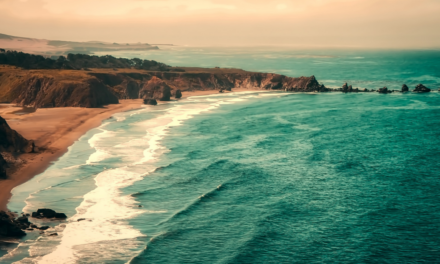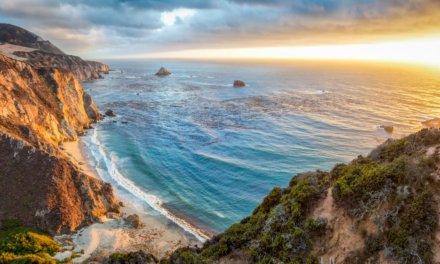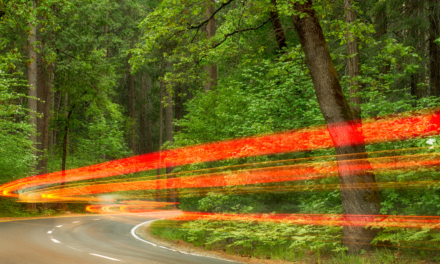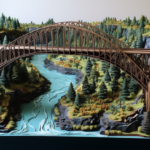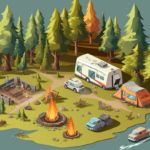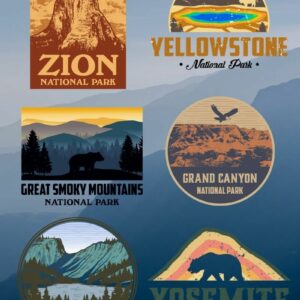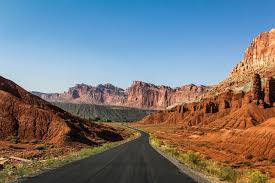Forest Trail Hiking
The Northwest’s forest trails are ideal hiking destinations because the scenery and beauty are unmatched by any other location. These trails wind through lush pine and fir tree wooded areas, tranquil open meadows, and creek and river crossed landscapes. The native wildlife – beavers, foxes, deer, elk, songbirds, squirrels make it an ideal place for nature watchers. Oregon and Washington have very well maintained trailways and they take pride in their stewardship of the forests here. However, hikers should still be prepared for the unexpected in these areas.
The most important item to pack on any hiking trip, especially in the summer months, is water. Food is a close second. Emergency lights and signals are also essential for any recreational hiker. Traditional roadside flares or signal lights are not an option in the Northwest wilderness as likelihood of starting an unintentional fire is very high. A LED emergency light is small, lightweight, affordable, and offers powerful, high-quality light that can be used as a distress signal as well as a flashlight.
A multi-purpose pocket knife is also essential to safe hiking in the Northwest. These tools often include miniature scissors and pliers, tweezers and a compass which can all be useful to a hiker. The basic knife blade in these tools can be helpful to scratch trees and branches in order to mark an unfamiliar trail should you get lost. Consider packing mosquito repellent and sun block when hiking these forest trails as well.
Coastal Hiking
The Pacific Northwest is known for its unpredictable and sometimes treacherous coastal weather. Hikers are advised to dress for the elements when hiking along coast range trails. A rain jacket and sturdy, waterproof boots are essential. The Oregon or SW Washington coast is are often overtaken by dense, heavy fog coverage. These fogs can come in without warning, stranding and disorientating hikers who are unprepared. It is important to bring a powerful LED flashlight or lantern when hiking this area to illuminate the trail or campsite as well as alert help should you need it.
Cave Hiking
Cave hiking is one of the more dangerous forms of recreational hiking. This activity requires specific safety equipment and long-term planning. Along with multiple light sources, appropriate clothing and plenty of food and water, one must also make sure to bring protective head gear, rope, and climbing gloves. Experts recommend headlamps when cave hiking to allow for hands-free hiking. If considering cave hiking in the Northwest, contact a professional in the area who can provide specific equipment needs and precautions.
Hiking the Pacific Northwest trails is an incredible outdoor experience. A summer can be spent enjoying several trails, all with their own unique landscapes and beauties. Whether hiking through the Umpqua or Deschutes National Forests or exploring the Coasts Oregon Sand Dunes, hikers will not be disappointed so long as they come prepared.






